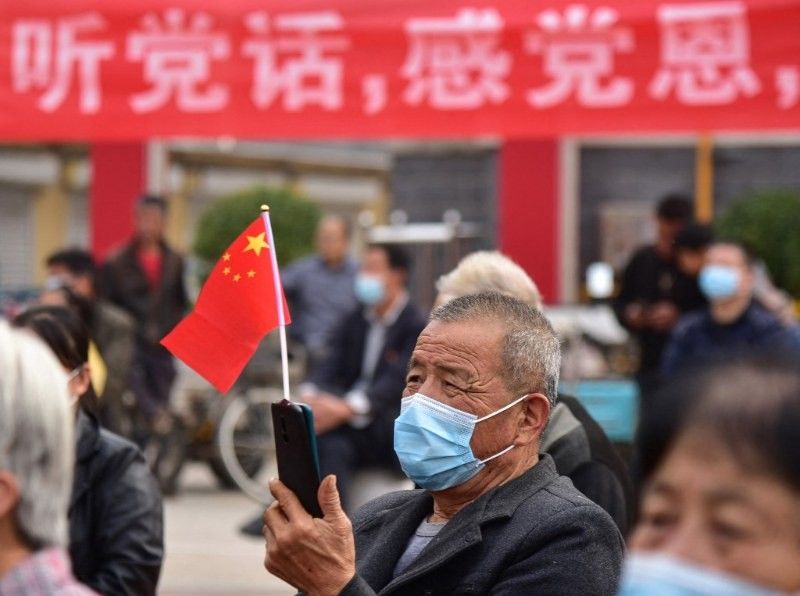India accuses China of trying to 'change status quo' on border

NEW DELHI, India — India's defence minister Tuesday accused China of trying to "unilaterally change the status quo" on their disputed Himalayan border last week when clashes left troops on both sides injured.
Beijing said the situation was now calm and called on India to help China "together uphold the peace and tranquility of the... border region".
The incident is thought to be the most serious on the nuclear-armed Asian giants' disputed frontier since 2020, when 20 Indian troops and four Chinese soldiers died in brawling.
Defence Minister Rajnath Singh confirmed in parliament that Indian and Chinese troops engaged in the fresh confrontation on December 9 in the northeastern Indian state Arunachal Pradesh.
China and India fought a full-scale war in 1962 over control of Arunachal Pradesh, which Beijing claims in its entirety and considers part of Tibet.
"On 09 December 2022, PLA troops attempted to unilaterally change the status quo by encroaching on the Line of Actual Control, in the Yangtse area of Tawang sector," Singh said, referring to China's People's Liberation Army and the de-facto border.
The face-off, which followed recent joint US-India military exercises near the border that angered Beijing, led to "injuries to soldiers on both sides", Singh added.
"A scuffle ensued in this face-off. The Indian Army bravely prevented the PLA from encroaching on our territory, and forced them to withdraw to their posts. Some soldiers from both sides were injured in the skirmish."
A military source told AFP that at least six Indian soldiers were injured.
In Beijing, foreign ministry spokesman Wang Wenbin said that he believed the situation was now calm but gave no details of what happened or whether Chinese troops were injured.
"As far as we understand, the China-India border situation is stable overall," Wang said, adding the two sides "maintained unobstructed dialogue on the border issue through diplomatic and military channels."
He added: "It is hoped that the Indian side will advance in the same direction as China, earnestly implement the important consensus reached by both leaders, strictly abide by the spirit of the agreements and accords signed by both sides, (and) together uphold the peace and tranquility of the China-India border region."
'Face-off'
Singh added that local commanders from both sides held a flag meeting on December 11 and the incident was discussed.
Singh added that in the latest incident "none of our soldiers have died, nor has anyone been seriously injured".
The military source said that there was another "face-off" between Indian and Chinese troops in the last week of November in the Demchok region of Ladakh, to the northwest, near where the June 2020 incident took place.
It was unclear if there were any injuries resulting from that incident, which was the most serious since September 2020.
The army source said that there had been increased activity in Ladakh by the Chinese military, as well as a "possible" airspace violation by the Chinese air force in the same area.
This follows joint military exercises that irked Beijing last month between India and the United States in the northern Indian state of Uttarakhand, which borders China.
The Chinese soldiers also displayed a banner objecting to the Indo-US military exercises, the source said.
Even before the June 2020 clash, India was moving strategically closer to the West, deepening security cooperation with the United States, Japan and Australia in the Asia-Pacific region.
United by their concern about China's increasing influence in the region, together the countries make up the so-called Quad alliance.
- Latest
- Trending
































